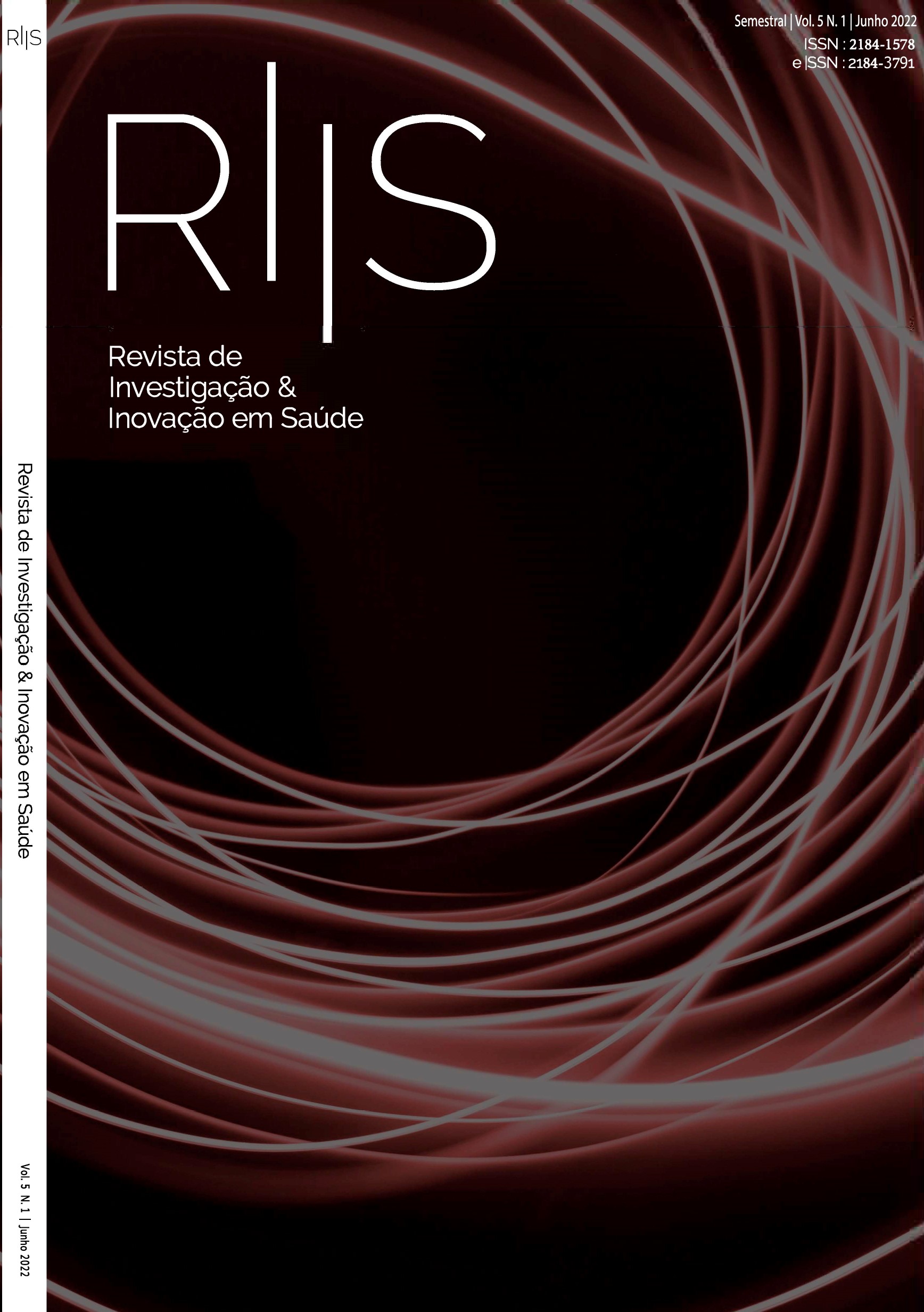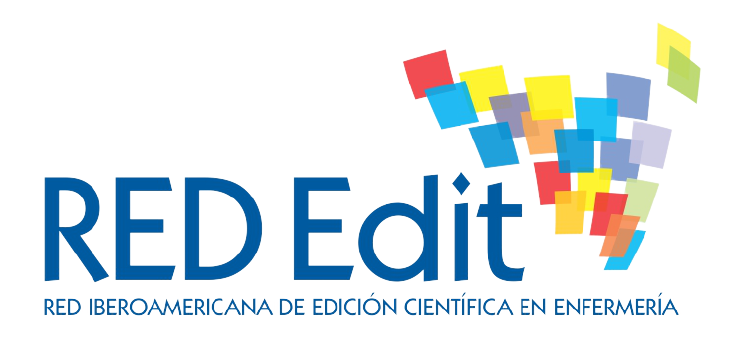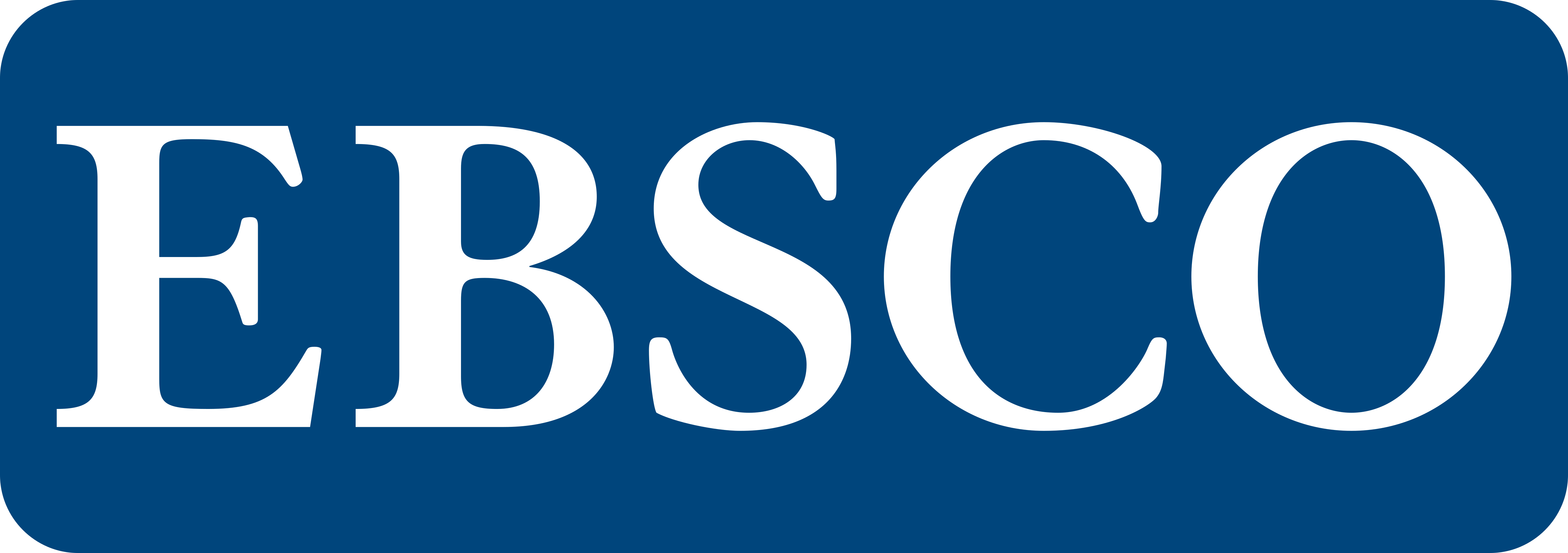Knowledge representation in nursing – the family as a client
DOI:
https://doi.org/10.37914/riis.v5i1.213Keywords:
Family nurse, Information Systems, knowledge, familyAbstract
Background: the family is the privileged context of support for the life and health of individuals. The systemic approach to the family has gained relevance. The Nursing Ontology proposes a structure where concepts of the discipline and their relationships are specified, describing a formal representation of nursing knowledge. Objectives: representing nursing knowledge about the family as a care client, in three classes of information items: data, diagnoses and interventions. Methodology: inferential qualitative study, content analysis was performed to customization in the Portuguese Nursing Practice Support System - SAPE®, literature review and focus group. Results: In the national customization, there was little visibility of the family as a care unit, as well as lack of representation of the conceptual models that support disciplinary knowledge. In Nursing Ontology, the family process encompasses: organization of the functioning of the house and residential building; family preparation to integrate a dependent family member in self-care; family preparation for the arrival of the newborn and family planning. For each domain, three classes of nursing information were specified that represent the elements of the decision-making process. Conclusion: this study is presented as a contribution to the formalization of nursing knowledge in Family Process domain.
References
Bastos, F. (2013). A pessoa com doença crónica. Uma teoria explicativa sobre a problemática da gestão da doença e do regime terapêutico. [Tese de Doutoramento não publicada]. ICS, Universidade Católica Portuguesa. https://www.porto.ucp.pt/en/node/1872
Bastos, F., Morais, E., Campos, J., Brito, A., Cardoso, A., & Sousa, P. (2021). Representação do conhecimento em enfermagem do trabalho: dados relevantes face à saúde individual do trabalhador sob influência do ambiente laboral. Revista ROL de Enfermería, 44(11), 51-56.
Brito, Alice (2013). A reconstrução da autonomia após um evento gerador de dependência no autocuidado - Uma teoria explicativa. [Tese de Doutoramento não publicada]. ICS, Universidade Católica Portuguesa. https://repositorio.ucp.pt/handle/10400.14/12617
Campos, M. J. (2019). Contributos para um modelo de gestão de qualidade dos cuidados de enfermagem nas equipas de cuidados continuados integrados. [Tese de Doutoramento não publicada]. ICS, Universidade Católica Portuguesa. https://repositorio.ucp.pt/handle/10400.14/36298
Cruz, A., & Pedreira, M. (2020). Patient-and Family-Centered Care and Patient Safety: reflections upon emerging proximity. Revista Brasileira de Enfermagem - REBEn, 6(e20190672), 1-4. DOI: https://doi.org/10.1590/0034-7167-2019-0672
Cruz, I., Bastos, F., Pereira, F., Silva, A., & Sousa, P. (2016). Analysis of the Nursing Documentation in Use in Portugal - Building a Clinical Data Model of Nursing Centered on the Management of Treatment Regimen. Studies in Health Technology and Informatics, 225, 407-411. doi:10.3233/978-1-61499-658-3-407
Decreto-Lei n.º 118/2014 do Ministério da Saúde. (2014). Diário da República: I Série, n.º 149/14. https://files.dre.pt/1s/2014/08/14900/0406904071.pdf
Fernandes, C. S., Magalhães, B., Silva, S., & Edra, B. (2021). (Re)'Thinking' family in nursing care in pandemic times. International nursing review, 10.1111/inr.12708. Advance online publication. https://doi.org/10.1111/inr.12708 DOI: https://doi.org/10.1111/inr.12708
Figueiredo, H. (2012). Modelo dinâmico de avaliação e intervenção familiar. Uma abordagem colaborativa em enfermagem de família. Lusociência.
Gomes, J., Sousa, P., Pereira, F., Bastos, F., Prata, A., & Silva, C. (2021). Análise de conteúdo aos diagnósticos e intervenções tegumentares: O primeiro passo para um modelo de cicatrização de feridas . New Trends in Qualitative Research, 8, 606–616. https://doi.org/10.36367/ntqr.8.2021.606-616 DOI: https://doi.org/10.36367/ntqr.8.2021.606-616
Gomes, J., Sousa, P., Pereira, F., Queirós, C., Neves, H., Silva, C., Silva, A.P., Parente, P., Sousa, P., Brito, A., Silva, A. P., Morais, E. J., Cardoso, A., Cruz, I., Machado, N., Oliveira, F., Bastos, F., Prata, P., & Sequeira, C. (2022). Nursing knowledge on skin ulcer healing: a living scoping review protocol. JBI Evidence Synthesis, 20(1), 164-172. DOI: https://doi.org/10.11124/JBIES-20-00512
International Family Nursing Association (IFNA). (2015). IFNA Position Statement on Generalist Competencies for Family Nursing Practice. https://internationalfamilynursing.org/2015/07/31/ifna-position-statement-on-generalist-competencies-for-family-nursing-practice/
Institute for Patient- and Family-Centered Care (2017). Advancing The Practice Of Patient- And Family-Centered Care: How To Get Started. https://www.ipfcc.org/resources/getting_started.pdf
Kokorelias, K., Gignac, M., Naglie, G., & Cameron, J. (8 de 2019). Towards a universal model of family centered care: a scoping review. BMC Health Services Research, 19(564), 1-11. https://www.ncbi.nlm.nih.gov/pmc/articles/PMC6693264/pdf/12913_2019_Article_4394.pdf DOI: https://doi.org/10.1186/s12913-019-4394-5
Neves, H., & Parente, P. (2019). A nursing clinical data model for neuromuscular processes:. Ciência & Saúde Coletiva, 24(5), 1609-1616. https://doi.org/10.1590/1413-81232018245.04462019 DOI: https://doi.org/10.1590/1413-81232018245.04462019
Olson, D. H., Portner, J. & Bell, R. Q. (1982). FACES II: Family Adaptability and Cohesion Evaluation Scales. EUA: University of Minnesota.
Ordem dos Enfermeiros. (2015). Regulamento n.º 367/2015. Regulamento dos Padrões de Qualidade dos Cuidados Especializados em Enfermagem de Saúde Familiar. https://www.ordemenfermeiros.pt/arquivo-de-p%C3%A1ginas-antigas/regulamento-dos-padr%C3%B5es-de-qualidade-em-enfermagem-de-sa%C3%BAde-familiar-publicado-em-di%C3%A1rio-da-rep%C3%BAblica/
Ordem dos Enfermeiros, sd. Consultada em 10/2021. https://ontologia.ordemenfermeiros.pt/Browser
Peace, J., & Brennan, P. (2009). Formalizing Nursing Knowledge: From Theories and Models to Ontologies. Stud Health Technol Inform, 146, 347-351. doi:10.3233/978-1-60750-024-7-347
Pereira, F. (2009). Informação e qualidade do exercício profissional dos enfermeiros. Formasau.
Pereira, F., Paiva, A. (2010) Information technology and nursing practice: the Portuguese case. In: Weaver C, Delaney C, Weber P, Carr R, editors. Nursing and informatics for the 21st century: an international look at practice, education and EHR trends. 2nd ed. HIMSS Publishing; 435 – 441.
Queirós, C., Paiva, M., Cruz, I., Cardoso, A., & Morais, E. (2021). Nursing diagnoses focused on universal self-care requisites. International Nursing Review, 68(3), 328-340. doi:10.1111/inr.12654 DOI: https://doi.org/10.1111/inr.12654
Russell, L. (2020). Capturing Family Complexity in Family Nursing Research and Practice. Journal of Family Nursing, 26(4), 287–293. DOI: https://doi.org/10.1177/1074840720965396
Shields, L. (2010). Questioning family-centred care. Journal of Clinical Nursing, 19, 2629–2638. doi: 10.1111/j.1365-2702.2010.03214.x DOI: https://doi.org/10.1111/j.1365-2702.2010.03214.x
Silva, A. (2006). Sistemas de Informação em Enfermagem. Uma teoria explicativa da mudança. Formasau.
Silva, A., Cardoso, A., Sequeira, C., Morais, E., Bastos, F., Pereira, F., Padilha, J., Cruz, I., Oliveira, M., Brito, A., Silva, M., Machado, N., Sousa, P., Sousa, P. & Marques, P. (2014). Análise da parametrização nacional do Sistema de Apoio à Prática de Enfermagem - SAPE. ESEP.
Smilkstein, G. (1978). The family APGAR: a proposal for a family function test and its use by physicians. J fam pract, 6(6), 1231-9.
Smith, J., Ali, P., Birks, Y., Curtis, P., Fairbrother, H., Kirk, S., Saltiel, D., Thompson, J., Swallow, V. (2020). Umbrella review of family-focused care interventions supporting families where a family member has a long-term condition. Journal of Advanced Nursing, 77, 1911-1923. doi: 10.1111/jan.14367 DOI: https://doi.org/10.1111/jan.14367
Sousa, P. (2006). Sistema de Partilha de Informação de Enfermagem Entre Contextos de Cuidados de Saúde Um modelo explicativo. Formasau.
Sousa, P.C. (2014). O exercício parental durante a hospitalização do filho: intencionalidade terapêuticas de enfermagem face á parceria de cuidados [Tese de Doutoramento não publicada]. Universidade Católica Portuguesa. https://repositorio.ucp.pt/handle/10400.14/13972
Strudwick, G., & Hardiker, N. (2016). Understanding the use of standardized nursing terminology and classification systems in published research: A case study using the International Classification for Nursing Practice®. International Journal of Medical Informatics, 94, 215-221. doi: 10.1016/j.ijmedinf.2016.06.012 DOI: https://doi.org/10.1016/j.ijmedinf.2016.06.012
Thirsk, L., Vandall-Walker, V., Rasiah, J., & Keyko, K. (2021). A Taxonomy of Supports and Barriers to Family-Centered Adult Critical Care: A Qualitative Descriptive Study. (SAGE, Ed.) Journal of Family Nursing, 27(3), 199-211. doi: 10.1177/1074840721999372 DOI: https://doi.org/10.1177/1074840721999372
Wright, L. M., & Leahey, M. (2019). Nurses and families: A guide to family assessment and intervention (7th ed.). F. A. Davis.
Zhang Y. (2018). Family functioning in the context of an adult family member with illness: A concept analysis. Journal of clinical nursing, 27(15-16), 3205–3224. https://doi.org/10.1111/jocn.14500 DOI: https://doi.org/10.1111/jocn.14500
Downloads
Published
How to Cite
Issue
Section
License
Copyright (c) 2022 Fernanda Bastos, Inês Cruz, Joana Campos, Alice Brito, Paulo Parente, Ernesto Jorge Morais

This work is licensed under a Creative Commons Attribution 4.0 International License.















